How To Deal With Peeling Skin On Your Feet
Discover effective remedies and tips to restore smoothness and comfort beneath your soles.
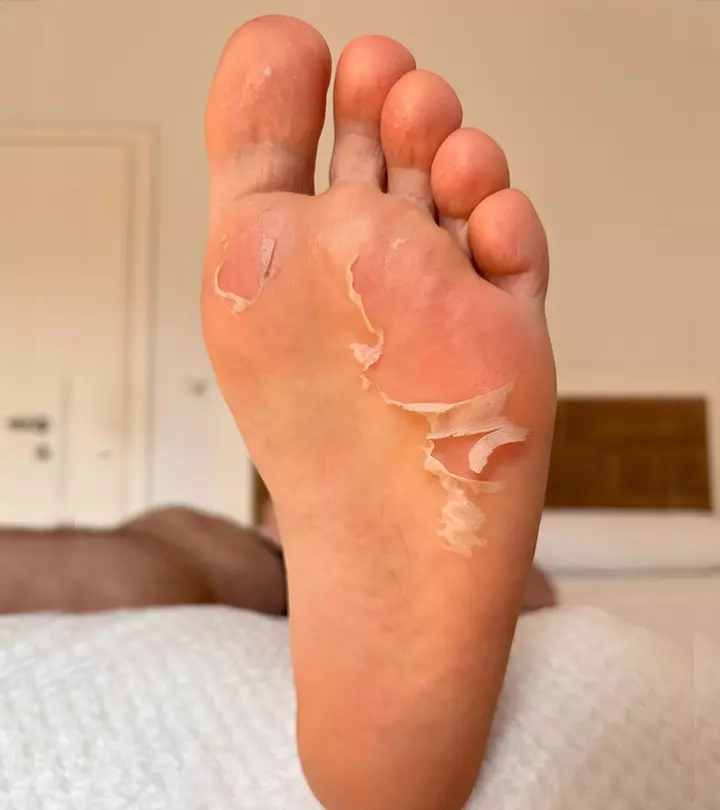
Image: Shutterstock
Our feet are the unsung heroes of our daily lives. They tirelessly carry us through countless steps, bearing the weight of our bodies. Yet, they often do not receive the care and attention they deserve. One common issue that many people face is peeling skin on the feet. This problem can be unsightly and uncomfortable, but the good news is that it’s a problem that can be easily addressed with the right approach. In this article, we will discuss the causes of peeling skin on your feet and provide a step-by-step guide on how to deal with it. Read on to know more!
In This Article
Understanding The Causes
Before we delve into the solutions, it’s essential to understand why your feet may be peeling. Peeling skin on the feet can result from various factors, including:
1. Dry Skin
One of the most common causes of peeling skin on the feet is dryness. The skin on your feet is naturally drier than the skin on other parts of your body, and factors like harsh weather conditions, excessive bathing, and not moisturizing can exacerbate this issue.
2. Athlete’s Foot
Fungal infections like athlete’s foot can lead to peeling skin, accompanied by itching and redness. This condition is contagious and should be treated promptly.
3. Eczema
Eczema can affect your feet, causing itching, redness, and peeling. People with a history of eczema are more prone to develop it on their feet.
4. Psoriasis
Psoriasis is a chronic skin condition that can lead to thick, scaly patches of skin on the feet, which often peel.
5. Allergies
Certain skincare products, detergents, or materials in your shoes may cause allergic reactions on your feet, resulting in peeling skin.
Now that we understand some of the common culprits, let’s explore how to deal with peeling skin on your feet.
Step 1: Maintain Proper Hygiene
Proper hygiene is the first step in preventing and treating peeling skin on your feet. Here’s what you should do:
1. Wash Your Feet Daily
Use a mild, fragrance-free soap to cleanse your feet gently. Make sure to rinse them thoroughly and dry them completely after washing.
2. Avoid Hot Water
Hot water can strip your skin of its natural oils, making dryness worse. Stick to lukewarm water when bathing your feet.
Step 2: Exfoliate And Moisturize
Exfoliating your feet can help remove dead, peeling skin and make way for healthier skin to emerge. Here’s how to do it:
1. Soak Your Feet
Soak your feet in warm water for 15-20 minutes to soften the skin.
2. Gentle Exfoliation
After soaking, use a pumice stone or a foot file to gently remove the peeling skin. Be careful not to be too aggressive, as you don’t want to damage healthy skin.
3. Moisturize
After exfoliating, apply a thick, hydrating foot cream or ointment. Look for products with ingredients like shea butter, glycerin, or hyaluronic acid. Don’t forget to pay extra attention to dry areas like the heels and the balls of your feet.
Step 3: Choose The Right Footwear
The shoes you wear can significantly impact the health of your feet. Here are some tips for selecting the right footwear:
1. Proper Fit
Ensure your shoes are the correct size and provide ample space for your toes. Tight or ill-fitting shoes can lead to friction and skin irritation.
2. Breathable Materials
Opt for shoes made of breathable materials like leather or canvas. These materials allow air circulation, reducing the risk of fungal infections.
3. Moisture-Wicking Socks
Choose moisture-wicking socks that help keep your feet dry and comfortable, preventing excessive sweating.
Step 4: Address Underlying Issues
If you suspect an underlying condition such as an athlete’s foot, eczema, or psoriasis is causing the peeling skin on your feet, consult a healthcare professional. They can diagnose the issue and recommend appropriate treatment, which may include topical creams, antifungal medications, or steroids.
Step 5: Prevent Future Peeling
To prevent future instances of peeling skin on your feet, consider incorporating these practices into your daily routine:
1. Regular Moisturizing
Make moisturizing your feet a daily habit, especially after showering or bathing. This helps maintain the skin’s moisture balance.
2. Wear Sunscreen
If you’re going to be exposing your feet to the sun, apply sunscreen to prevent sunburn and skin damage.
3. Stay Hydrated
Proper hydration is essential for maintaining healthy skin. Drinking enough water keeps your skin moisturized from the inside out.
4. Watch Your Diet
A balanced diet with essential nutrients like vitamins A and E can promote skin health.
5. Avoid Harsh Chemicals
Be mindful of the skincare products you use on your feet. Opt for gentle, hypoallergenic options to avoid irritation.
By understanding the causes and following the step-by-step guide provided in this article, you can enjoy healthy, happy feet once again. Remember, your feet deserve the same care and attention as the rest of your body, so don’t neglect them. With a little effort and the right approach, you can put your best foot forward, literally.
Read full bio of Indrani Karmakar


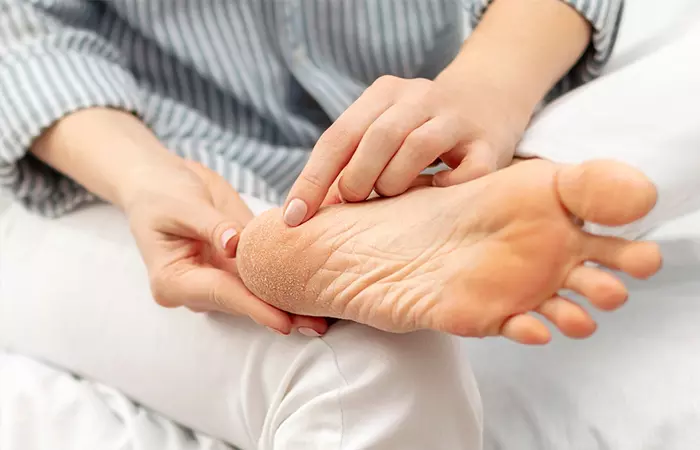
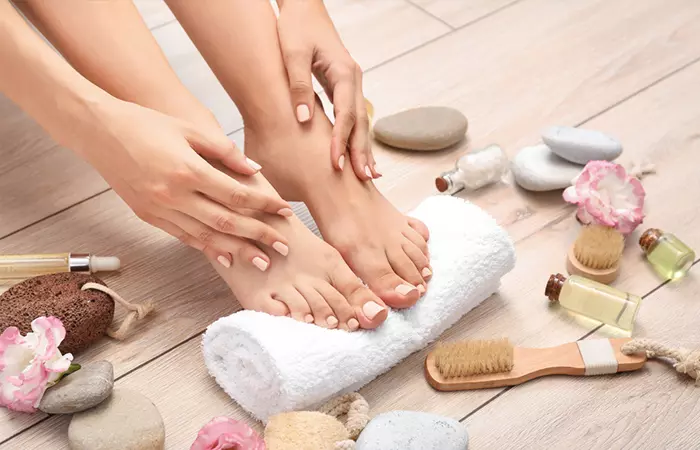

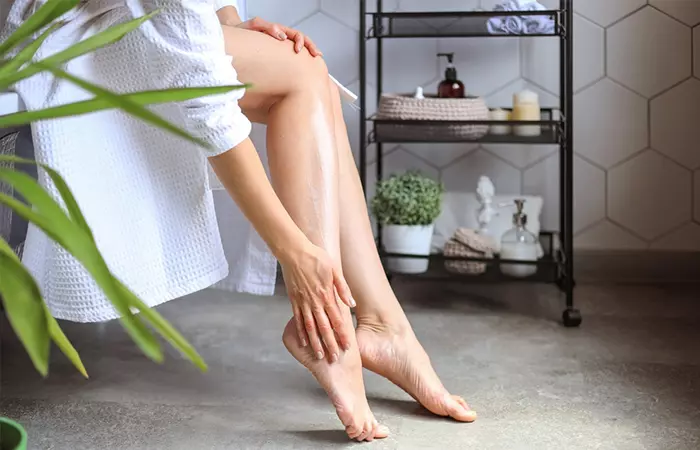

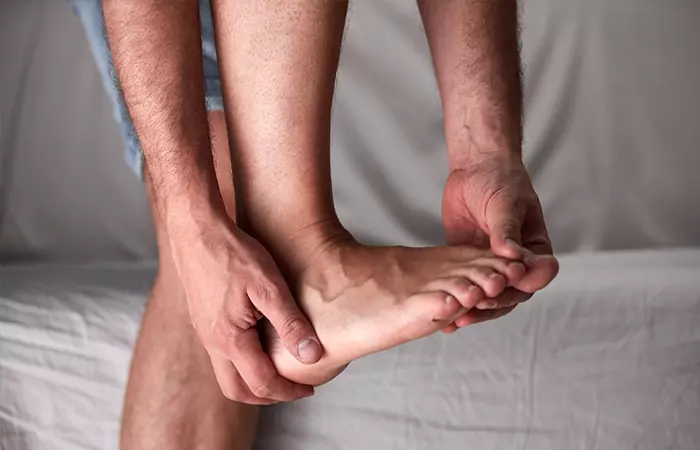
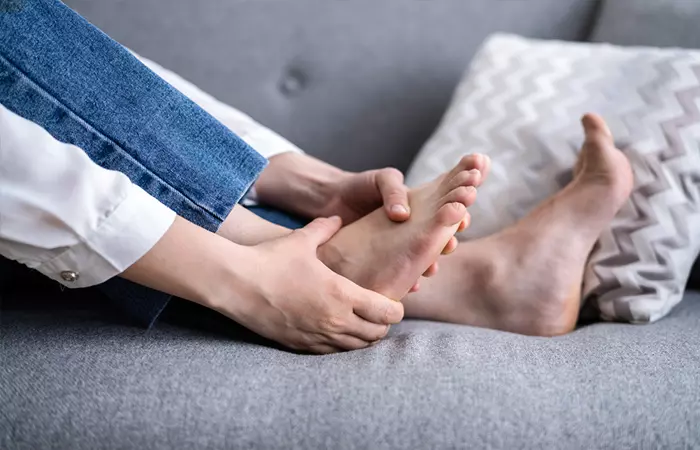

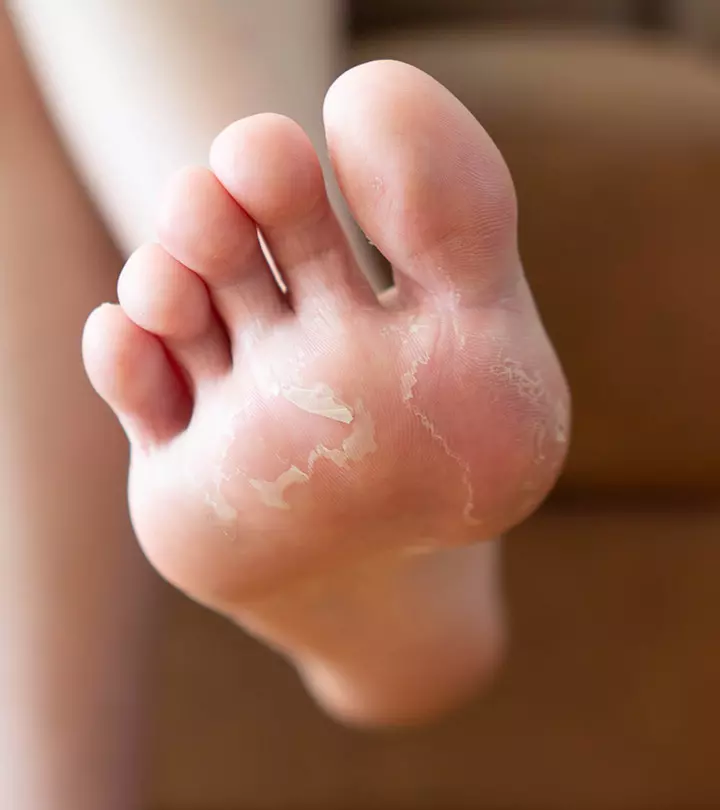
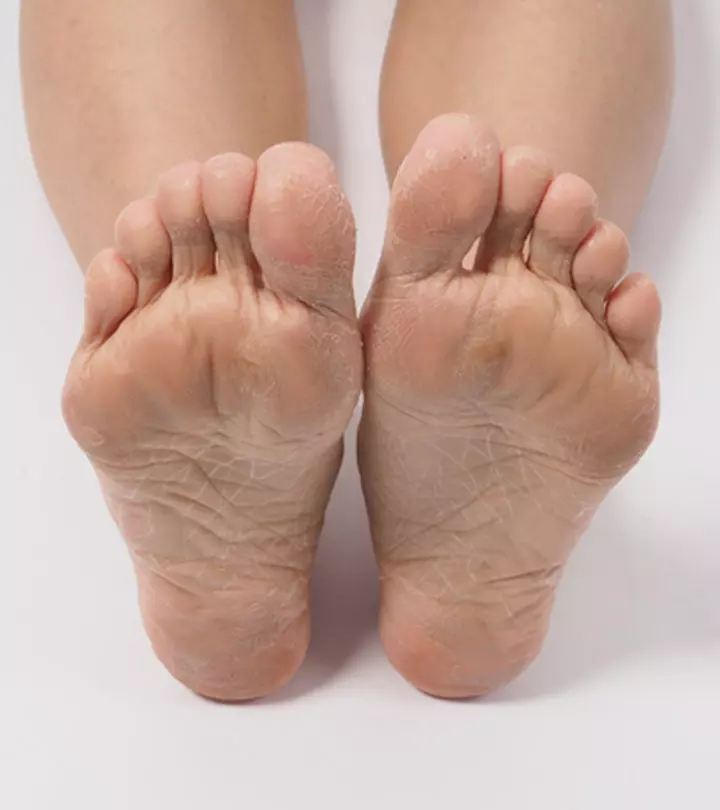
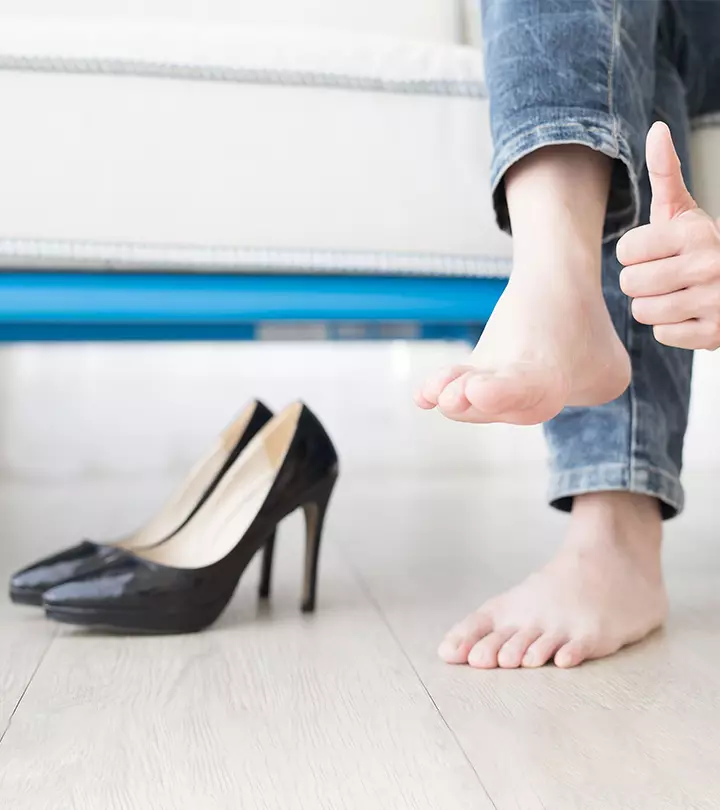
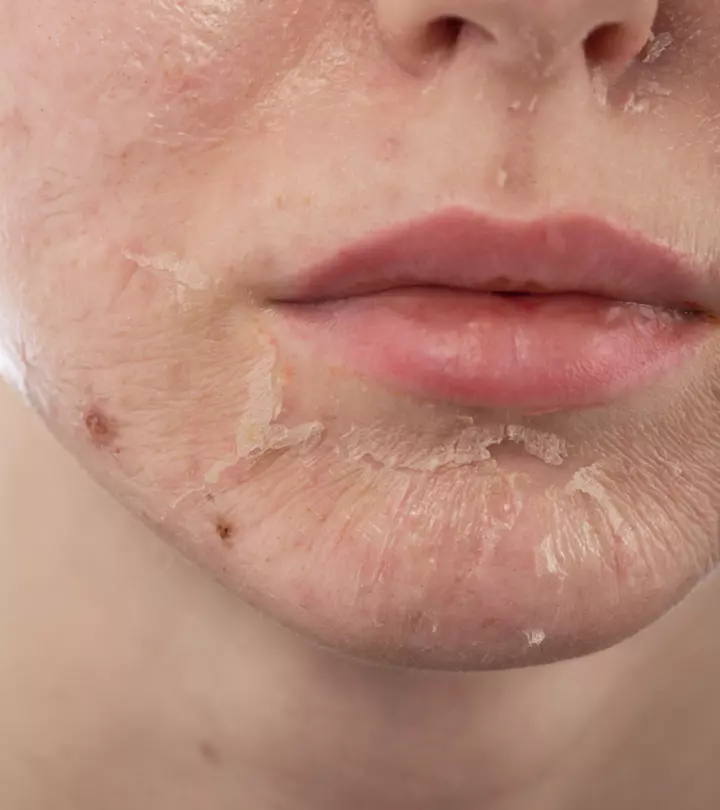
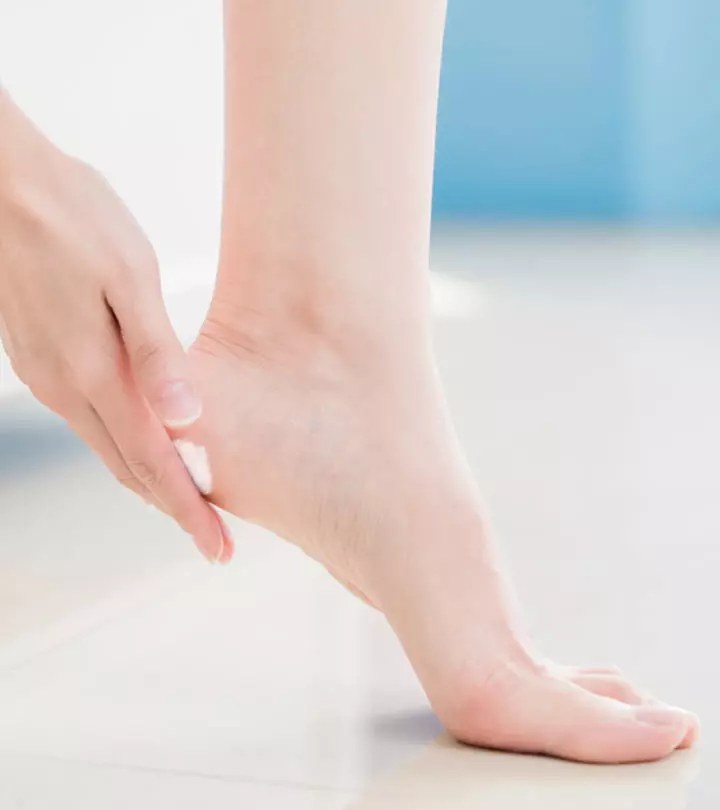
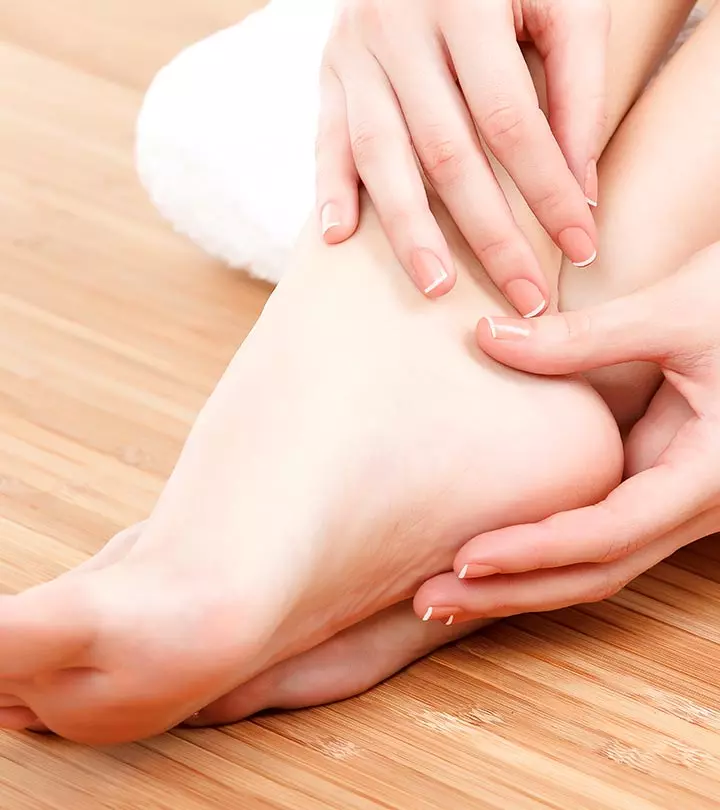
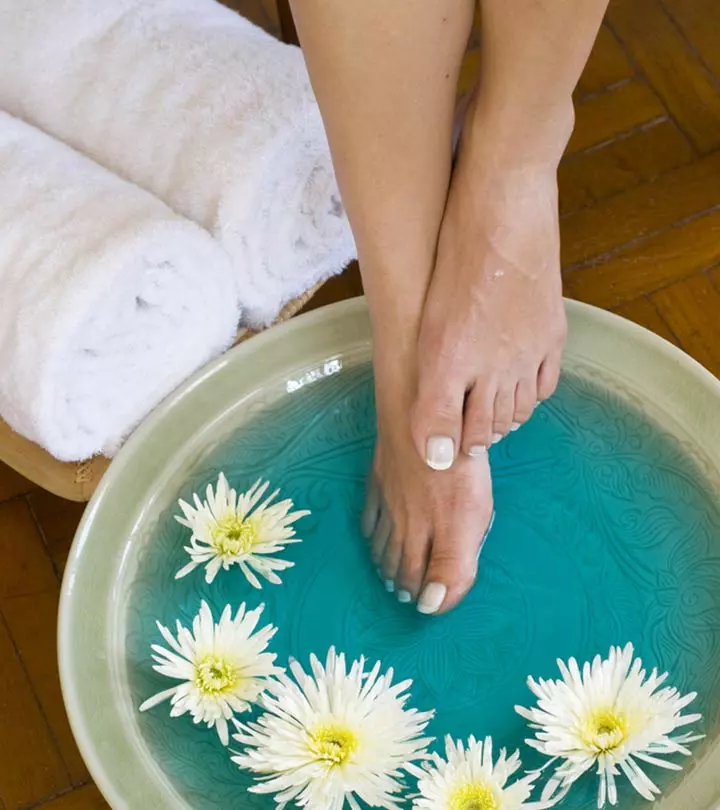
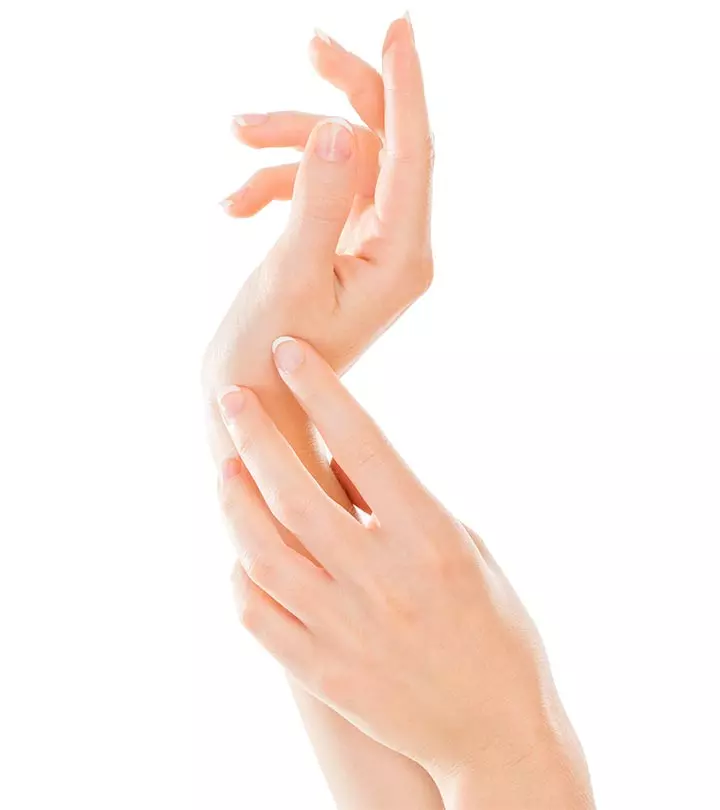
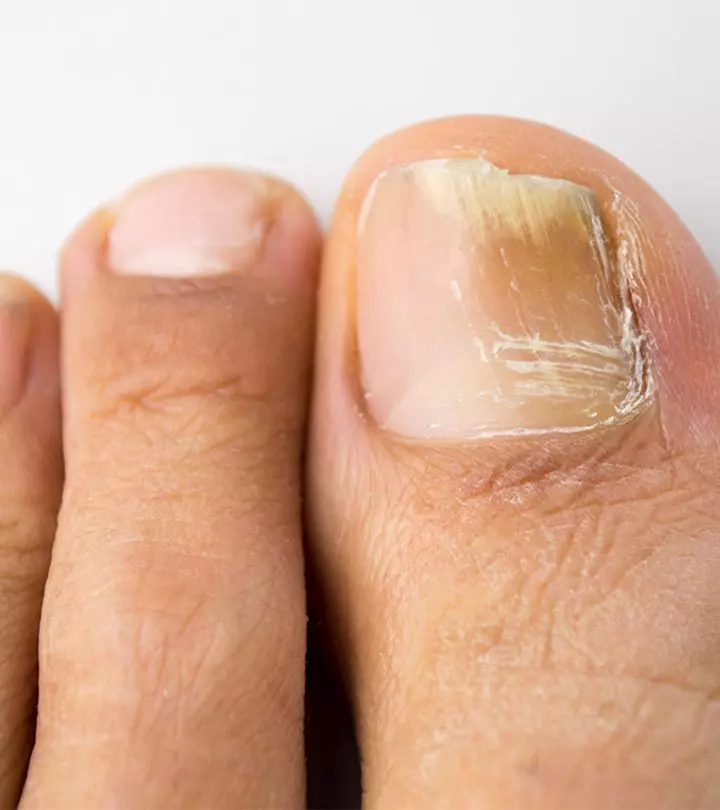






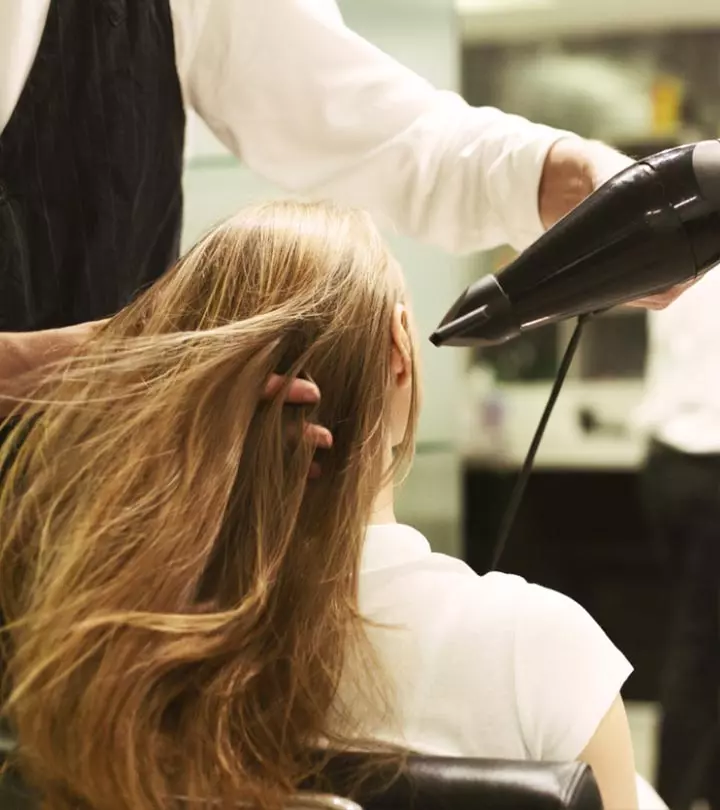





Community Experiences
Join the conversation and become a part of our empowering community! Share your stories, experiences, and insights to connect with other beauty, lifestyle, and health enthusiasts.